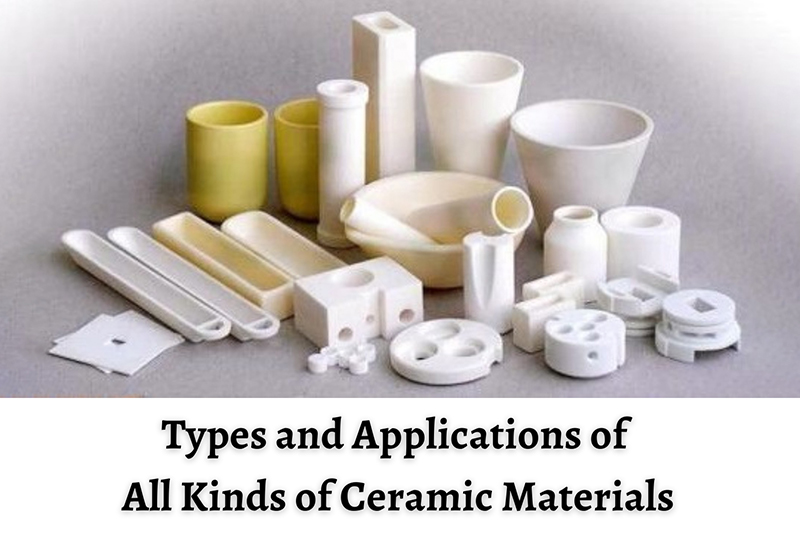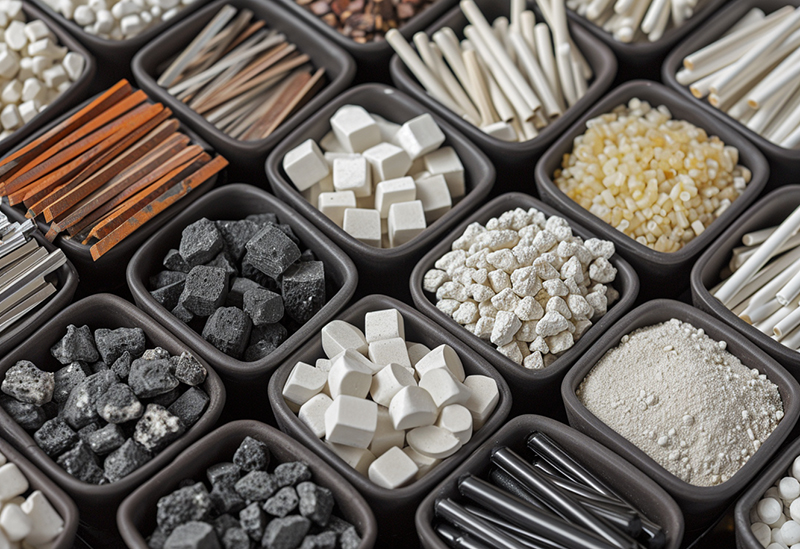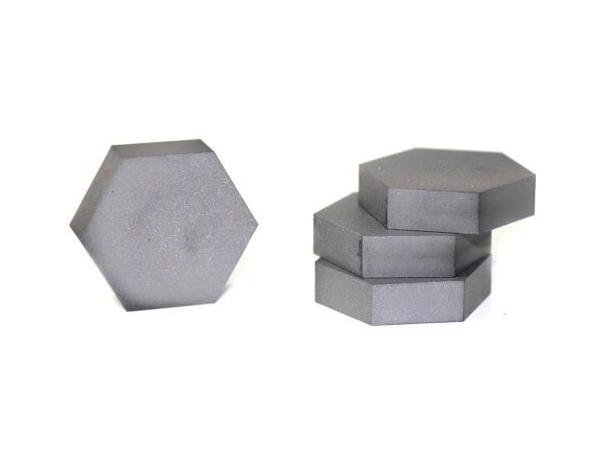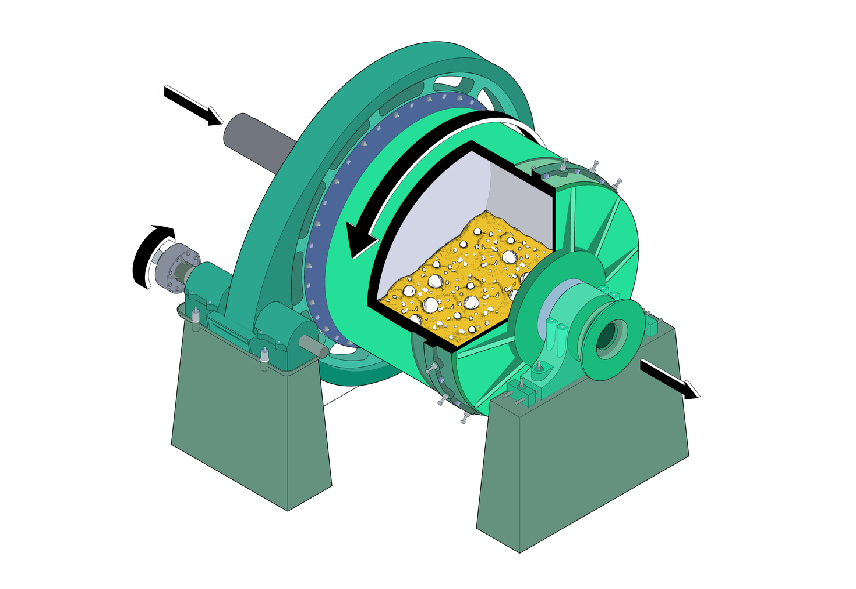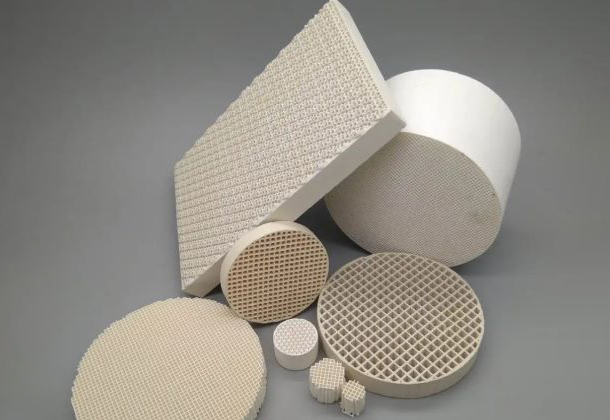PZT Ceramics

PZT (lead zirconate titanate) ceramic is a piezoelectric material composed of lead, zirconium, and titanium. It exhibits the ability to convert mechanical stress into electrical charge and vice versa. Widely used in sensors and actuators, PZT ceramics are valued for their applications in measuring pressure, acceleration, and precise motion control. However, environmental concerns related to lead content have led to research on alternative materials.
PZT (Lead Zirconate Titanate) Ceramics Properties:
- Piezoelectricity
- Ferroelectricity
- High Curie temperature
- Electromechanical coupling
- Stability
PZT Ceramics Properties Details
- Piezoelectricity: PZT ceramics exhibit the ability to convert mechanical stress into electrical charge and vice versa, making them crucial for various sensing and actuation applications.
- Ferroelectricity: These ceramics can undergo a reversible change in spontaneous electric polarization when exposed to an external electric field, providing a foundation for their piezoelectric behavior.
- High Curie Temperature: PZT ceramics maintain their ferroelectric and piezoelectric properties at elevated temperatures, known as the Curie temperature, allowing for stable performance in a wide range of applications.
- Electromechanical Coupling: PZT ceramics have high electromechanical coupling coefficients, indicating their efficiency in converting electrical energy to mechanical motion and vice versa, making them suitable for precision applications.
- Stability and Durability: PZT ceramics are known for their stability and durability, ensuring reliable performance over an extended operational lifespan, particularly in demanding environments.
PZT Ceramics Applications
- Sensors: PZT ceramics are widely used in various sensor applications, including pressure sensors, accelerometers, and ultrasonic sensors, leveraging their piezoelectric properties for precise measurements.
- Actuators: These ceramics find applications in actuators for precise motion control in devices such as nanopositioners, micropositioners, and other electromechanical systems.
- Ultrasonic Transducers: PZT ceramics play a crucial role in ultrasonic transducers used for medical imaging, non-destructive testing, and cleaning applications.
- Piezoelectric Devices: PZT ceramics are essential components in piezoelectric devices like piezoelectric motors, buzzers, and speakers, where their ability to convert electrical energy to mechanical motion is exploited.
- Sonar Systems: PZT ceramics are utilized in sonar systems for underwater communication and detection due to their excellent sensitivity to acoustic signals.
- Precision Mechanics: In applications requiring precise positioning and fine-tuning, PZT ceramics are employed in devices like atomic force microscopes (AFM) and scanning tunneling microscopes (STM).
- Energy Harvesting: PZT ceramics can be used to convert mechanical vibrations or movements into electrical energy, offering potential applications in energy harvesting devices.
- Medical Devices: PZT ceramics are employed in medical devices such as ultrasound imaging probes, where their piezoelectric properties are utilized for generating and detecting ultrasonic waves.
Your PZT Ceramics Supplier
Advanced Ceramic Materials is a leading supplier of PZT (lead zirconate titanate) ceramic products of the highest quality for a wide range of applications. We are happy to provide advice on materials, design, and application. Feel free to contact us for any questions about PZT or other ceramic materials that are not listed on the website.









